Originally dominated by grasslands, it occupies almost 8% of the Argentine territory, half of the State of Rio Grande do Sul in Brazil, and all of Uruguay. It has an assemblage of wildlife that is unique to the grassland and is not found in other environments.
BEST LIVESTOCK PRACTICES Pampas
Argentina
BIODIVERSITY
More than 550 grasses, 500 bird species, of which 60 are endemic to the grasslands, and at least 100 terrestrial mammals, including the pampas deer (Ozotoceros bezoarticus), the most threatened mammal in the region16.
© Pablo Preliasco / Fundación vida Silvestre Argentina
THREATS
Historically, the Pampas has been the agricultural and livestock heartland of the three countries. 5 million hectares of grasslands and wetlands were converted to agricultural use between 2000 and 2019, and currently only less than 20% of the region remains 17. The last remnants of the Pampas are threatened by the intensification of input-based livestock farming, new agricultural technologies, and the advance of afforestation, resulting in:
- Loss of biodiversity
- Soil degradation
- Decrease in the provision of vital ecosystem services
Livestock farming on natural grasslands allows livestock to coexist with native wildlife, including endangered species. In addition, this livestock production favors carbon cycling and water infiltration, contributing to environmentally friendly food production. Livestock production on natural grasslands also demands local labor, generating rural roots and the maintenance of gaucho culture.
Conversion to agriculture replaces natural grasslands with monocultures, generating habitat loss for fauna and the extinction of the flora. Furthermore, due to its high level of mechanization, industrial agriculture expels the rural population.
The conversion of natural grasslands to exotic plantations is the most recent and extreme land use change in the Pampas. Recently, and in the context of the fight against climate change, the mistake of promoting afforestation to the detriment of grasslands has been made. In this way, the other pillars of sustainability are being neglected, causing the local extinction of native fauna and flora, altering the water cycle, salinity and soil properties.
Livestock farming on implanted pastures maintains some ecosystem functions, such as carbon capture and water absorption, but eliminates native fauna and flora.
To conserve wildlife and ecosystems in the Pampas region, it is necessary to minimize or stop the conversion of natural grasslands. Any other land use should be subject to a territorial planning plan.
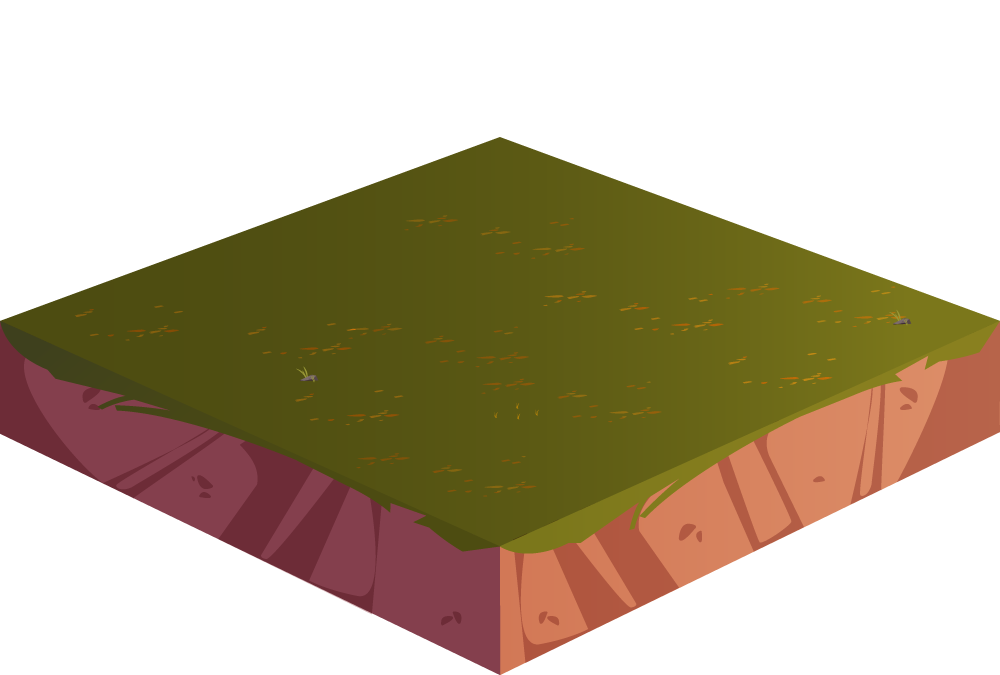
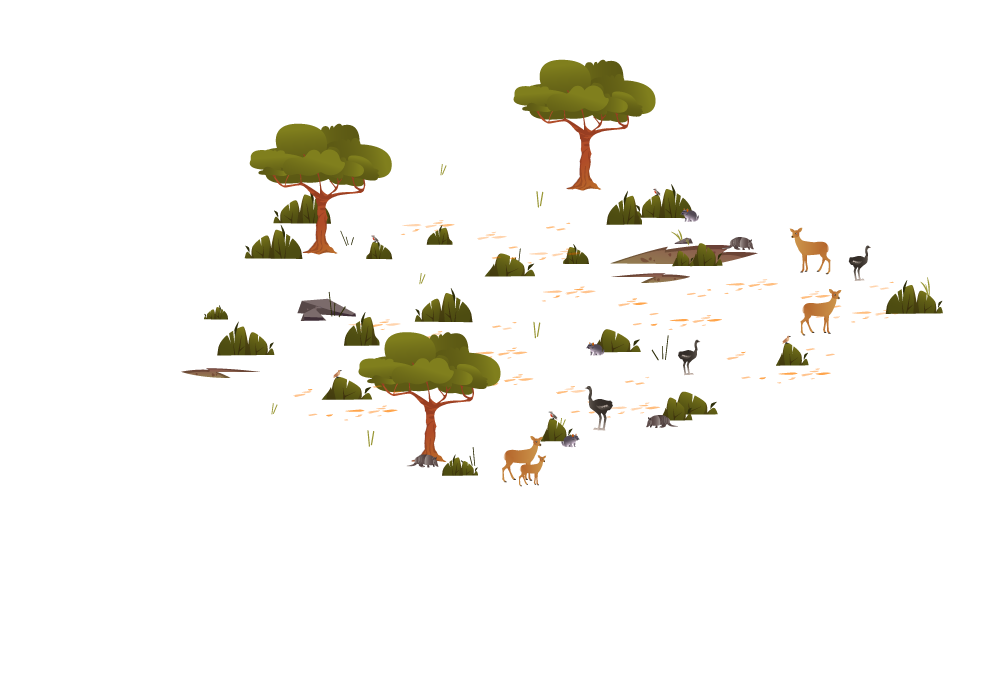

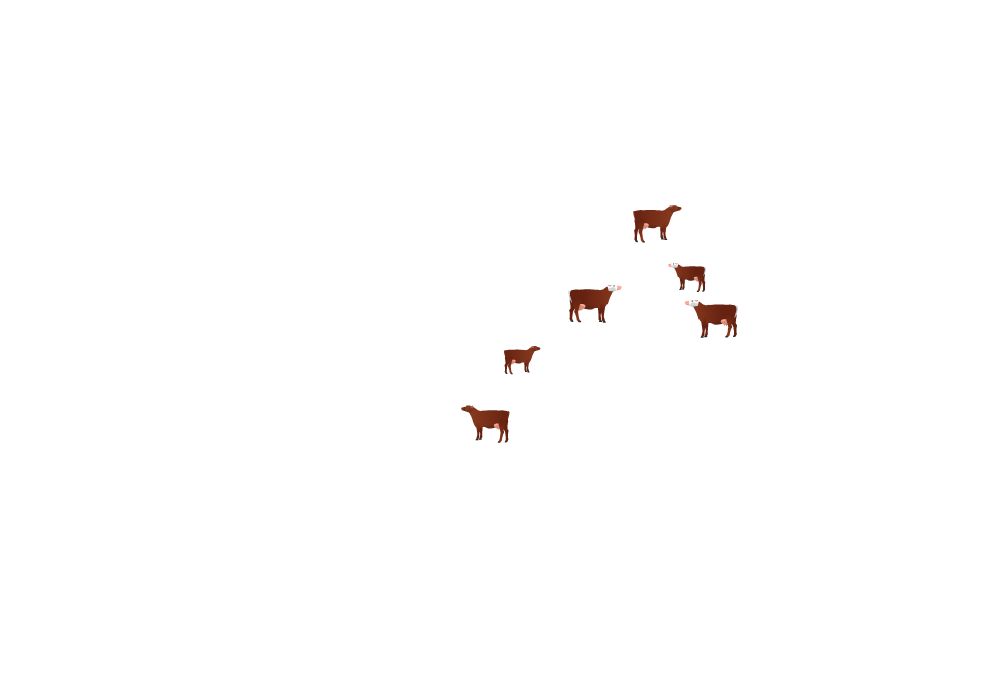
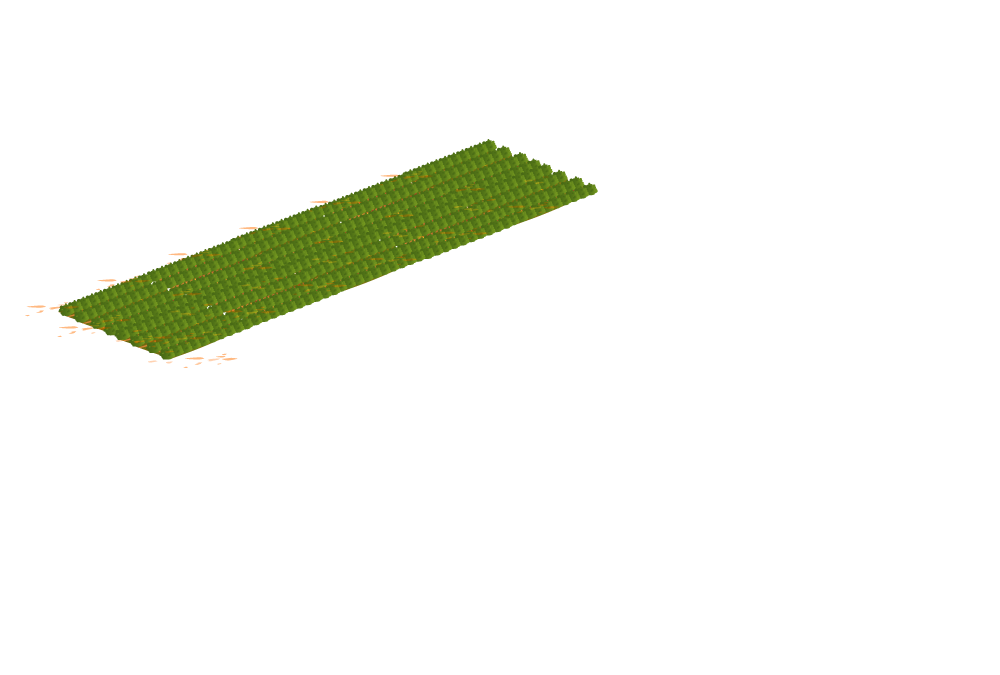
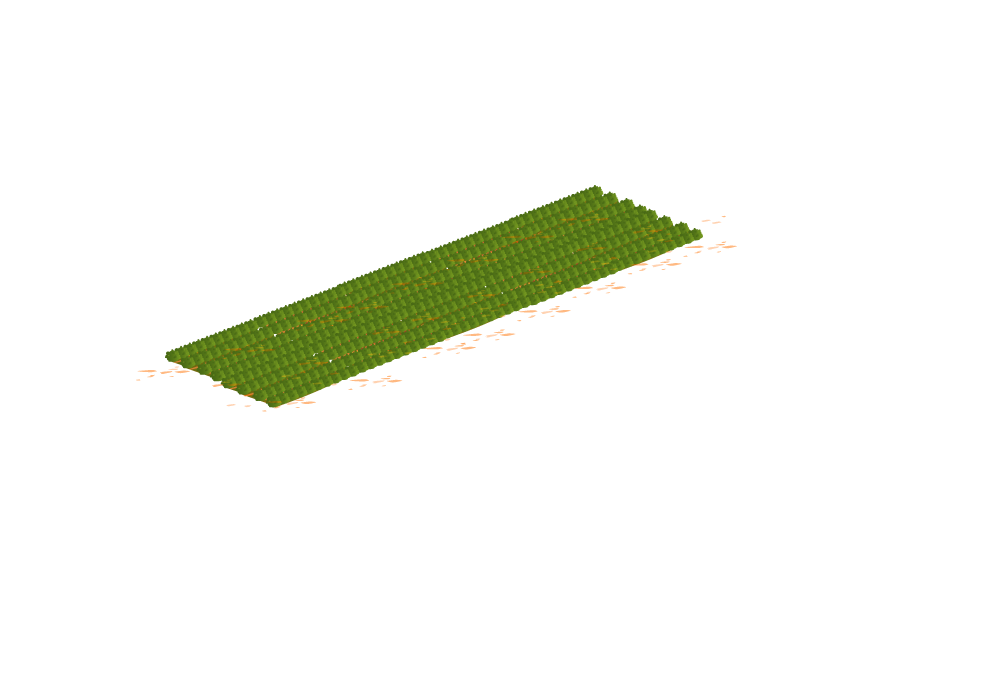




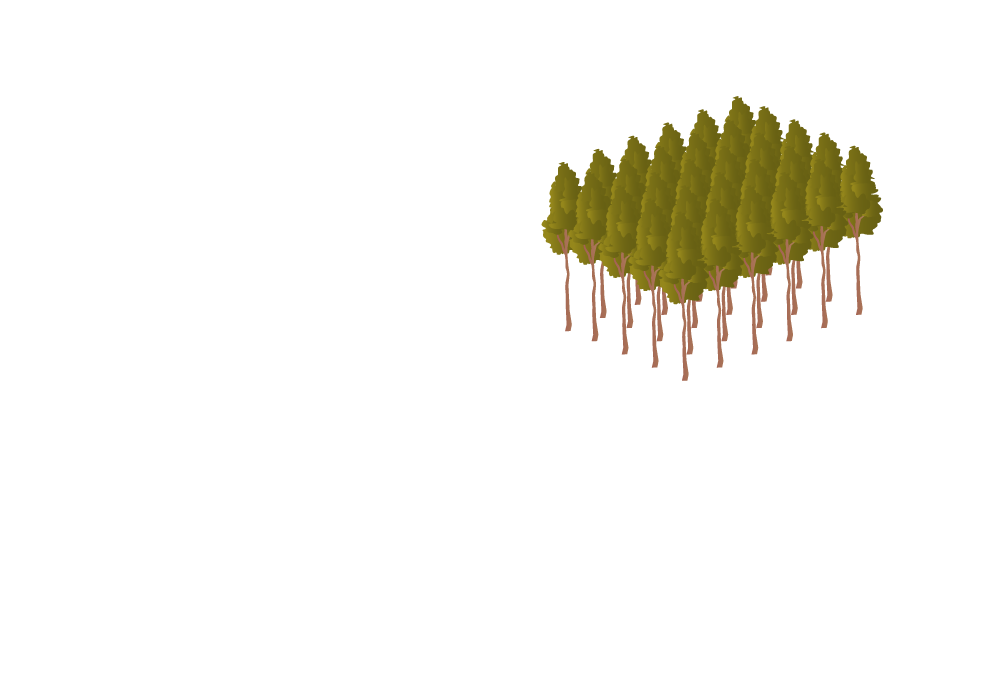

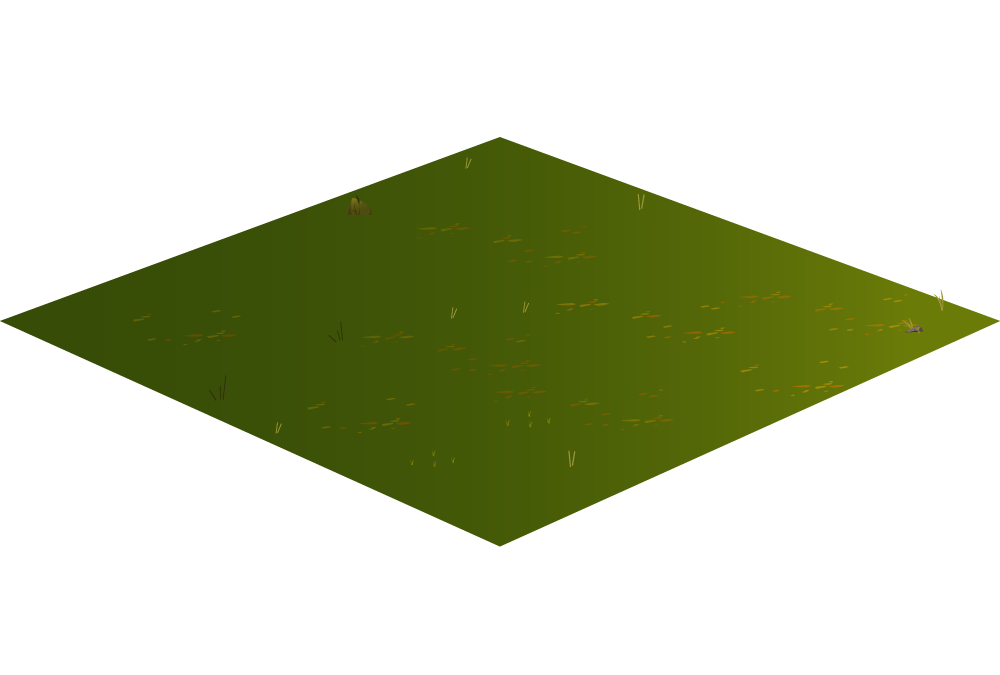


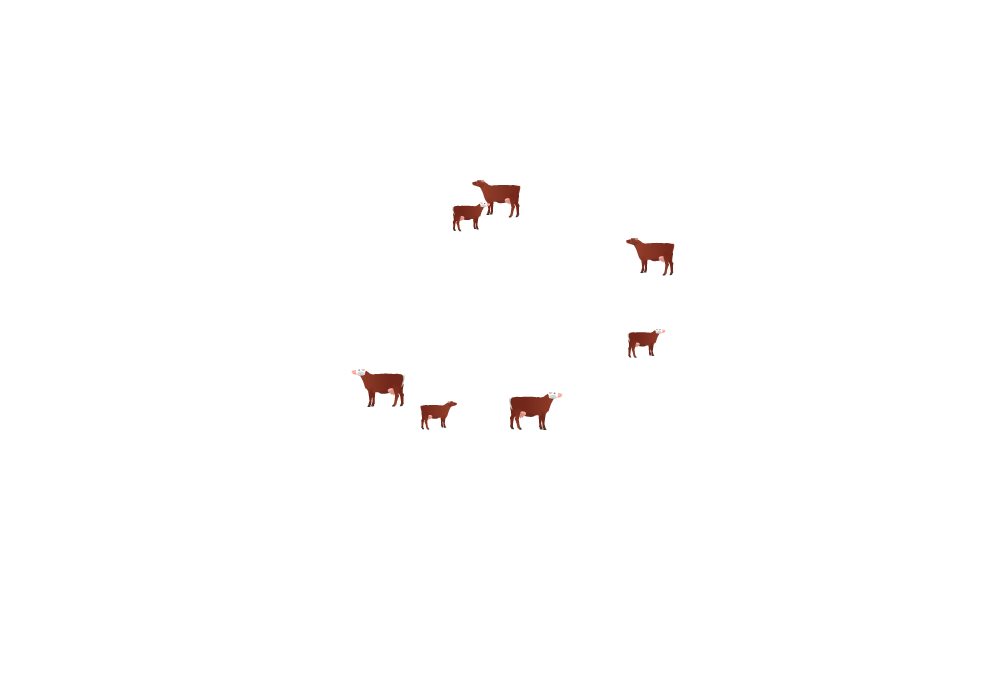


Livestock farming on natural grasslands allows livestock to coexist with native wildlife, including endangered species. In addition, this livestock production favors carbon cycling and water infiltration, contributing to environmentally friendly food production. Livestock production on natural grasslands also demands local labor, generating rural roots and the maintenance of gaucho culture.
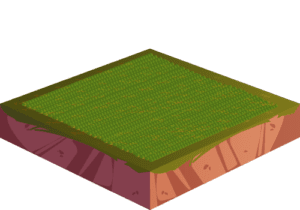
Conversion to agriculture replaces natural grasslands with monocultures, generating habitat loss for fauna and the extinction of the flora. Furthermore, due to its high level of mechanization, industrial agriculture expels the rural population.
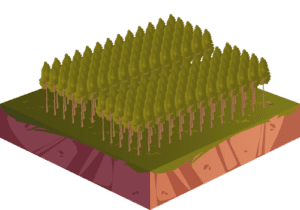
The conversion of natural grasslands to exotic plantations is the most recent and extreme land use change in the Pampas. Recently, and in the context of the fight against climate change, the mistake of promoting afforestation to the detriment of grasslands has been made. In this way, the other pillars of sustainability are being neglected, causing the local extinction of native fauna and flora, altering the water cycle, salinity and soil properties.
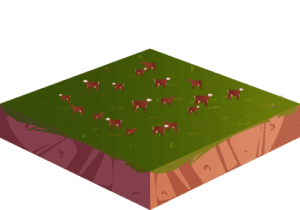
Livestock farming on implanted pastures maintains some ecosystem functions, such as carbon capture and water absorption, but eliminates native fauna and flora.
To conserve wildlife and ecosystems in the Pampas region, it is necessary to minimize or stop the conversion of natural grasslands. Any other land use should be subject to a territorial planning plan.
Opportunities
Proven livestock models already exist, using process technologies (instead of input technologies), with economic results comparable to intensive livestock systems, based on natural grassland management with the promotion of species with higher forage value. These systems allow the improvement of the following indicators:
© Fundación vida Silvestre Argentina
Best livestock practices
Sustainable grassland management for production and conservation purposes allows increasing the quality and quantity of forage, improving the profitability and stability of the business.
© Fundación vida Silvestre Argentina
CASE STUDY ESTANCIA LOS ÑANDUCES – PAMPAS
GENERAL LAVALLE, PROVINCE OF BUENOS AIRES, ARGENTINA.
Estancia Los Ñanduces is a private cattle ranch that seeks to combine sustainable cattle production with the conservation of the native pampas grassland, while maintaining economic profitability.
SURFACE AREAS BY TYPE OF ENVIRONMENT (HECTARES)
-
2.000Total area
-
304Native Forest
-
1.017Natural Pastures
-
481Alkaline lowlands
-
65Sweet lowlands
-
40Intangible Area
© Yawar Films / Fundación vida Silvestre Argentina
CARACTERISTICS
-
Beef production/ha
110 kg/ha/year, higher than the average for the area.
-
Human Resources
1.5 workers; supplemented by temporary labor for specific tasks (castration/etc.).
-
Human resources training
Higher than in the conventional approach.
-
Management
Subdivision in paddocks according to the different environments. Winter forage species are consumed by the animals directly, without herbicides. A rotation is done, intervening small portions of the field with high stocking rates, leaving a large part free of grazing.
-
Conservation
100% of the property conserves the natural vegetation cover. Hunting of native fauna is prohibited, and the farm is part of the Argentine Network of Private Nature Reserves 18. 40 intangible hectares are conserved.
-
Chemical control
Occasionally on invasive exotic species, such as thistle (Cardus spp.), privet (Ligustrum lucidum), hackberry (Celtis australis) and laurel (Laurus novilis). Broad-spectrum herbicides, such as glyphosate, are not used.
-
Fusible load
Rearing of calves as a buffer in some years.
-
Supplementation
Occasionally with bales of hay.
-
Animal welfare
The farm provides shelter in winter and shade in summer. The animals do not suffer stress from dogs or mistreatment and breeds adapted to the region are used.
-
Fossil energy consumption / unit of product
Practically nil. There is no tillage, it has solar energy for the houses and wind or solar energy for the extraction of water.
-
GHG emissions intensity
Lower than other systems due to high beef production and low total emissions.
-
Adaptation to climate change
The system as a whole is more stable in the long term against droughts and floods due to the fact that the native vegetation presents high diversity and adaptation to extreme climatic events.
-
Soils
Permanent plant cover, reducing erosion and compaction processes
-
Soil structure
Improvement due to long breaks and absence of plowing.
BIODIVERSIDAD
The entire farm is composed of natural environments. Presence of Geoffroy’s cat (Leopardus geoffroyi), cougar (Puma concolor), greater rhea (Rhea americana), white-eared opossum (Didelphis albiventris), big hairy armadillo (Chaetophractus villosus), skunk (Conepatus chinga), capybara (Hydrochoerus hydrochaeris) and southern long-nosed armadillo (Dasypus hybridus) has been confirmed.
Plains viscacha (Lagostomus maximus) reintroduction plan underway. The farm has almost the complete ensemble of native fauna.
-
GEOFFROY’S CATLeopardus geoffroyi
© Diego Hernan Perez, algunos derechos reservados (CC BY)
-
COUGARPuma concolor
© Pablo Alejandro Pla, algunos derechos reservados (CC BY-NC)
-
GREATER RHEARhea americana
© Pablo Preliasco, algunos derechos reservados (CC BY-NC)
-
PLAINS VISCACHALagostomus maximus
© Diego Hernan Perez, algunos derechos reservados (CC BY)
-
LONG-NOSED ARMADILLODasypus hybridus
© Diego, algunos derechos reservados (CC BY-NC)
